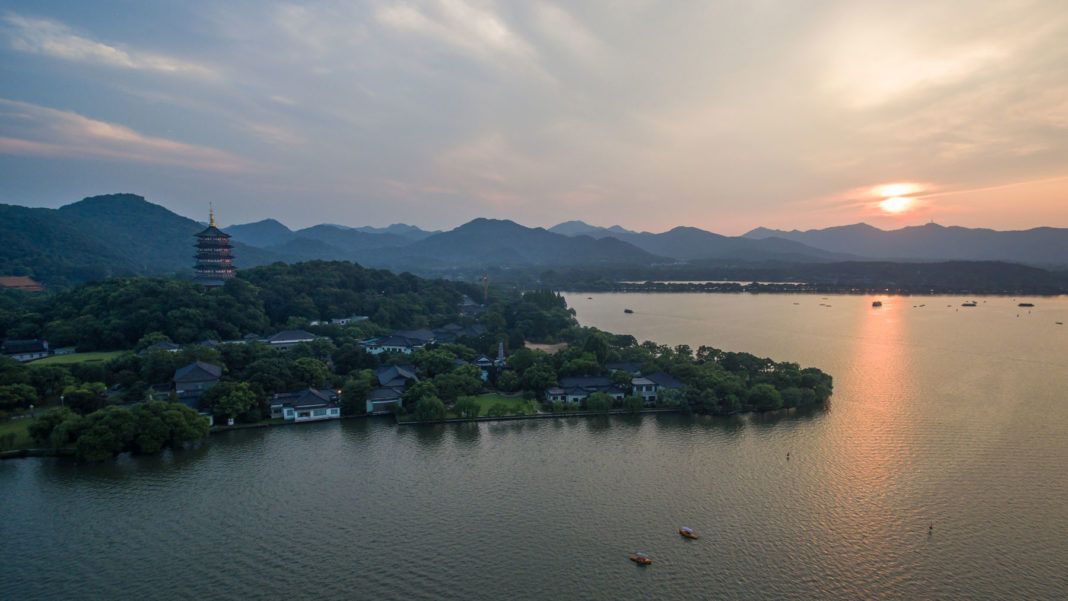It is divided into five sections with three causeways. Mirroring each other, the basic pattern of “one mountain, two towers, three islands, three banks, and five lakes” is formed.
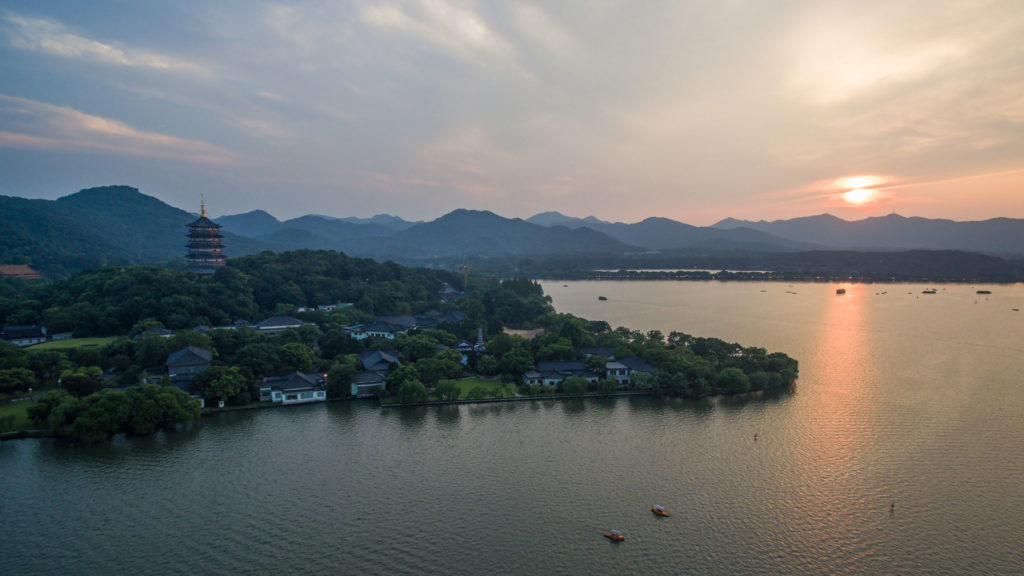
The beauty of West Lake is always fanciful not only in poetry. Looking directly at the lake, the lake shimmers more magically than in the pictures, the lake surface is blue and calm, covered in a layer of endless fog. The colors and fruits are exactly as the ancients said: one mountain, two dykes, three islands, and five lakes, all create a fascination that attracts tourists, coming once they don’t want to leave.
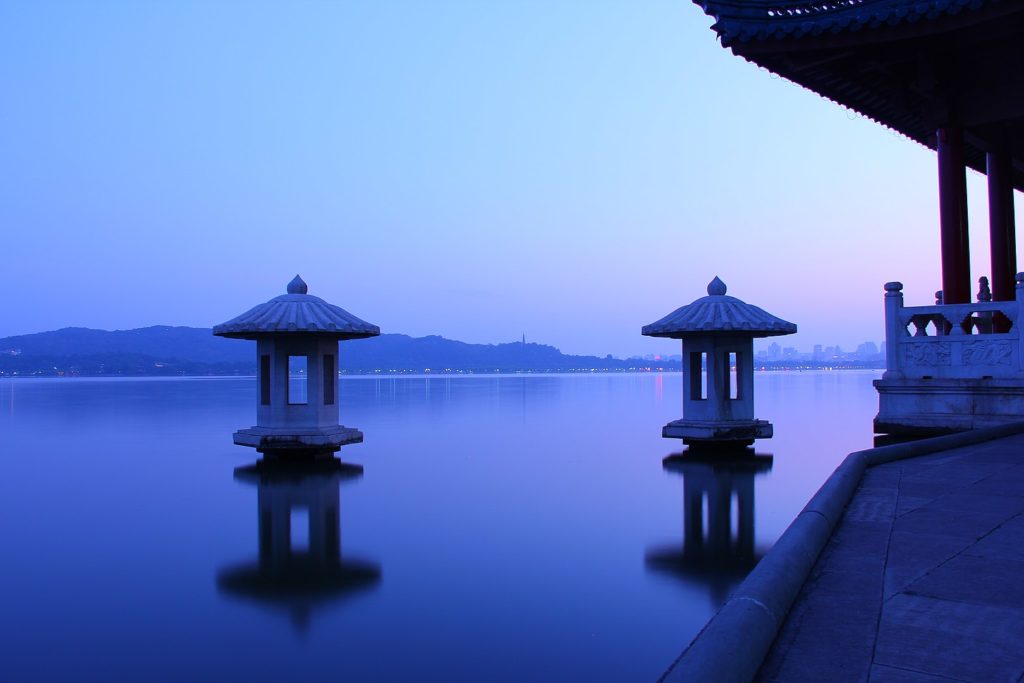
The beauty of West Lake is reflected in the difference in the four seasons of the year, the time of day, and the rainy weather. In different seasons, visitors can feel the unique beauty of Tay Ho from different angles, and each visitor to Tay Ho has his own unique experience.
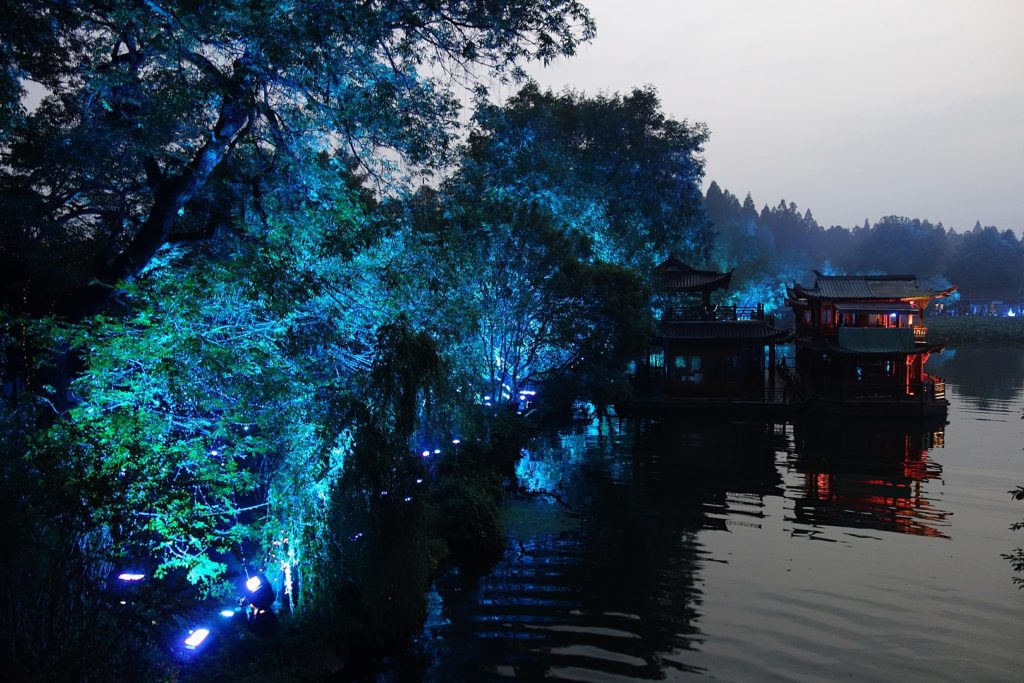
Traditionally, there are ten best-known scenic spots on the West Lake, each remembered by a four-character epithet. Collectively, they are known as the “Ten Scenes of West Lake” (10 Scenic Spots in West Lake). Each is marked by a stele with an epithet written in the calligraphy of the Qianlong Emperor.
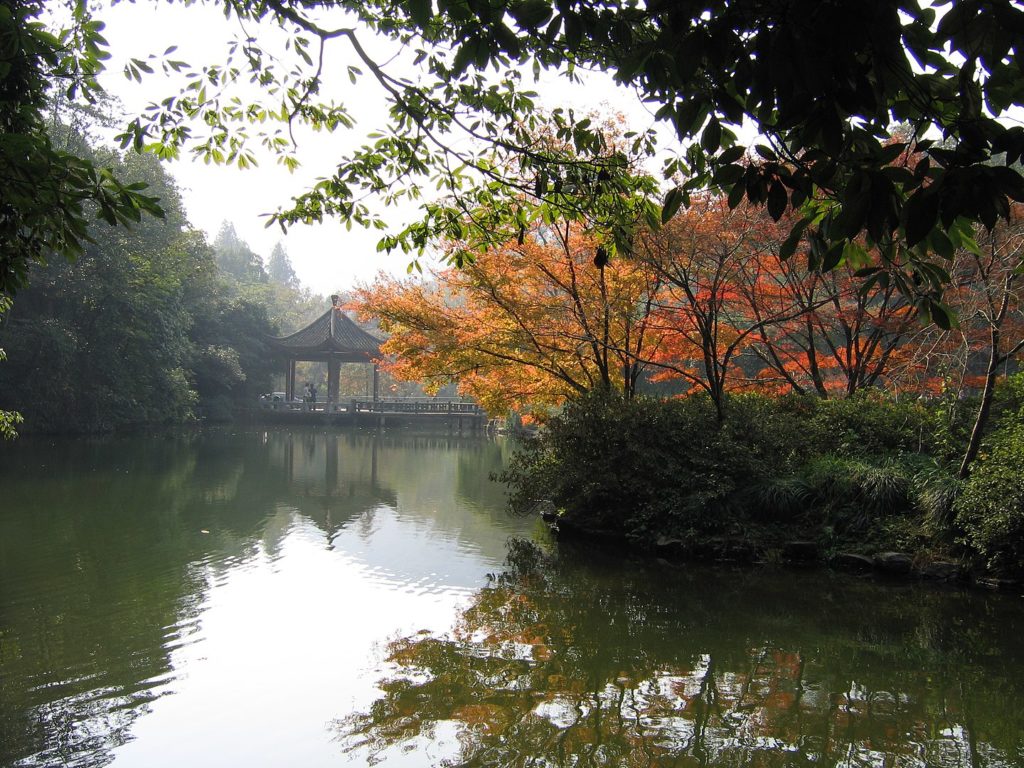
Ten Scenes of West Lake vividly differ in four seasons of the year, at different times of the day. In the spring, the beauty of West Lake is shown to be very touching. Emotions overflowing at the scenery here not only made Bai Juyi bewildered but also captivated many famous Chinese poets such as: Su Dongpo, Du Fu, etc.





